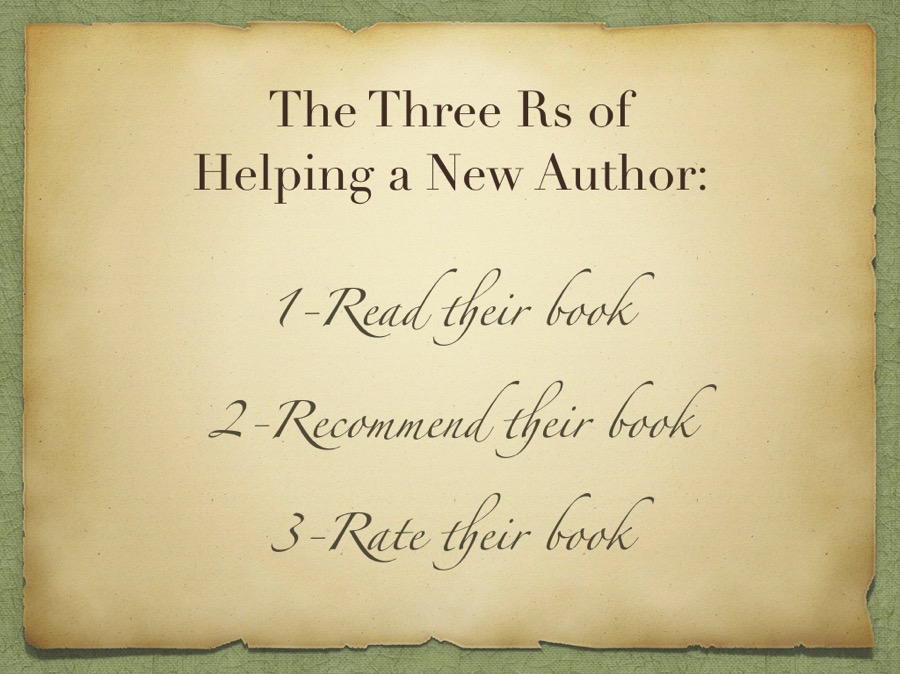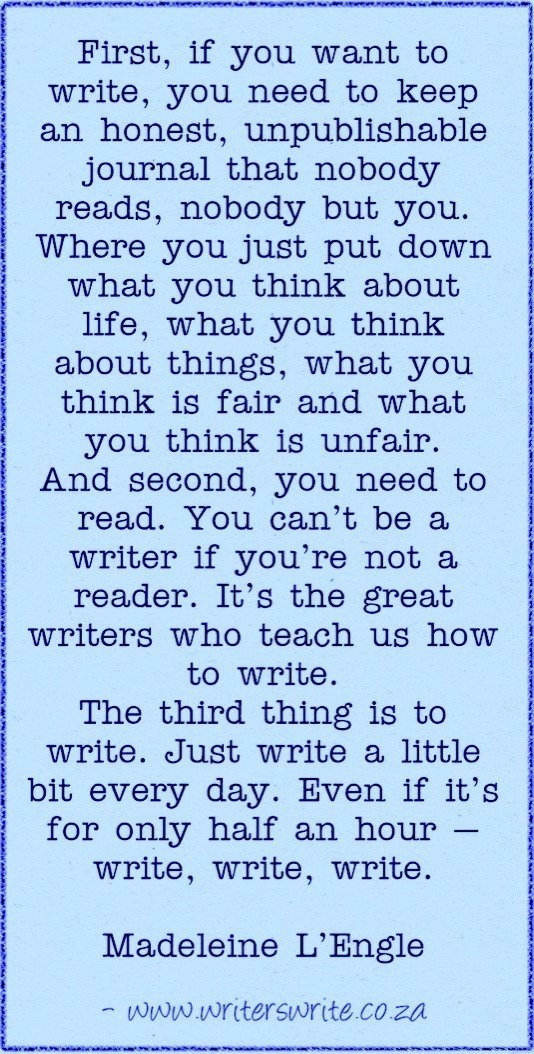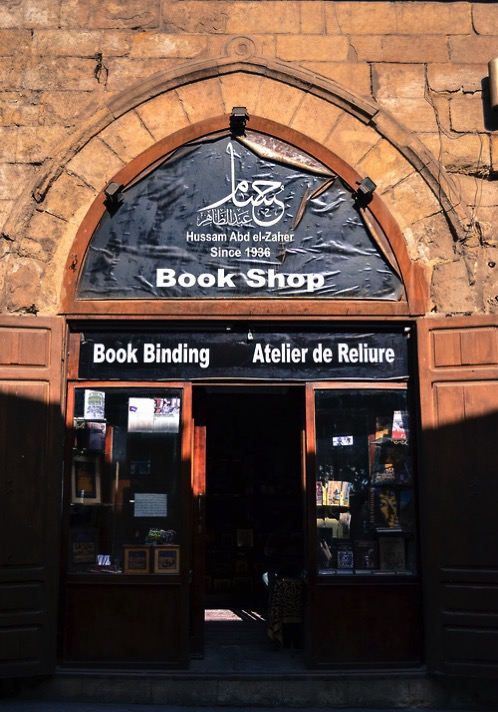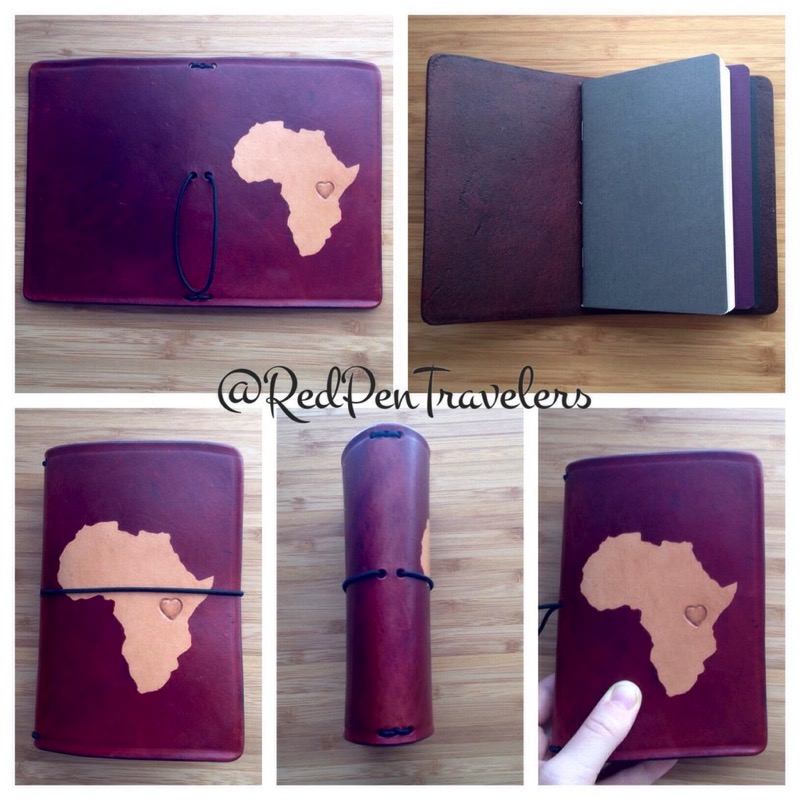
NaNoWriMo begins in six weeks. It’s hard to believe November is almost here again! In the next few weeks, I’m going to cover several different methods of novel planning. Most people think of this as “writing process” though that term covers things that go beyond the actual writing of words. I will probably cover that later in the blog series as well.
Outline
The outline is the most common form of book planning. It works well for some people and not so well for others. (I personally don’t outline my books as I shared in this post about my own planning process.)
An outline consists of headings, followed by subheadings. The absolute simplest way to do this is to divide your novel by chapters and plan one heading for each chapter, followed by each of the plot points that fall under than heading.
For instance, if you are planning a 50,000 word novel (as is the case for NaNoWriMo), and you hope to have 1,000 words in each chapter, you’ll need 50 headings (or chapters) with subheadings/plot points for each.
Practically speaking, most chapters are more like 1,500 to 2,000 words long. To make this goal attainable, let’s figure 25-30 headings.
Now, once you have a basic idea of what happens in the beginning of your story, your inciting event, the rising action, the climax, and the conclusion, you can break this down into those 25-30 headings. Then, you’ll need to include just enough detail in your subheadings so you remember what you want to write, without “prewriting” your novel during the outline process. I’ve also seen people include notes about their characters and setting in the outline.
Many people write their outline on index cards, one heading and subsequent notes per card. If you don’t have access to index cards, a notebook works well, too. You can write one heading per sheet.
The advantage of this is that you can easily rearrange the plot as needed, should you change your mind about how you want the story to progress. You can also see broad story arcs or patterns before you even sit down to write the book.
The disadvantage of this is that if you decide to make a major change somewhere in your story line, you have to rewrite your outline from that point on, or at least from that point until your prior outline will work again.













